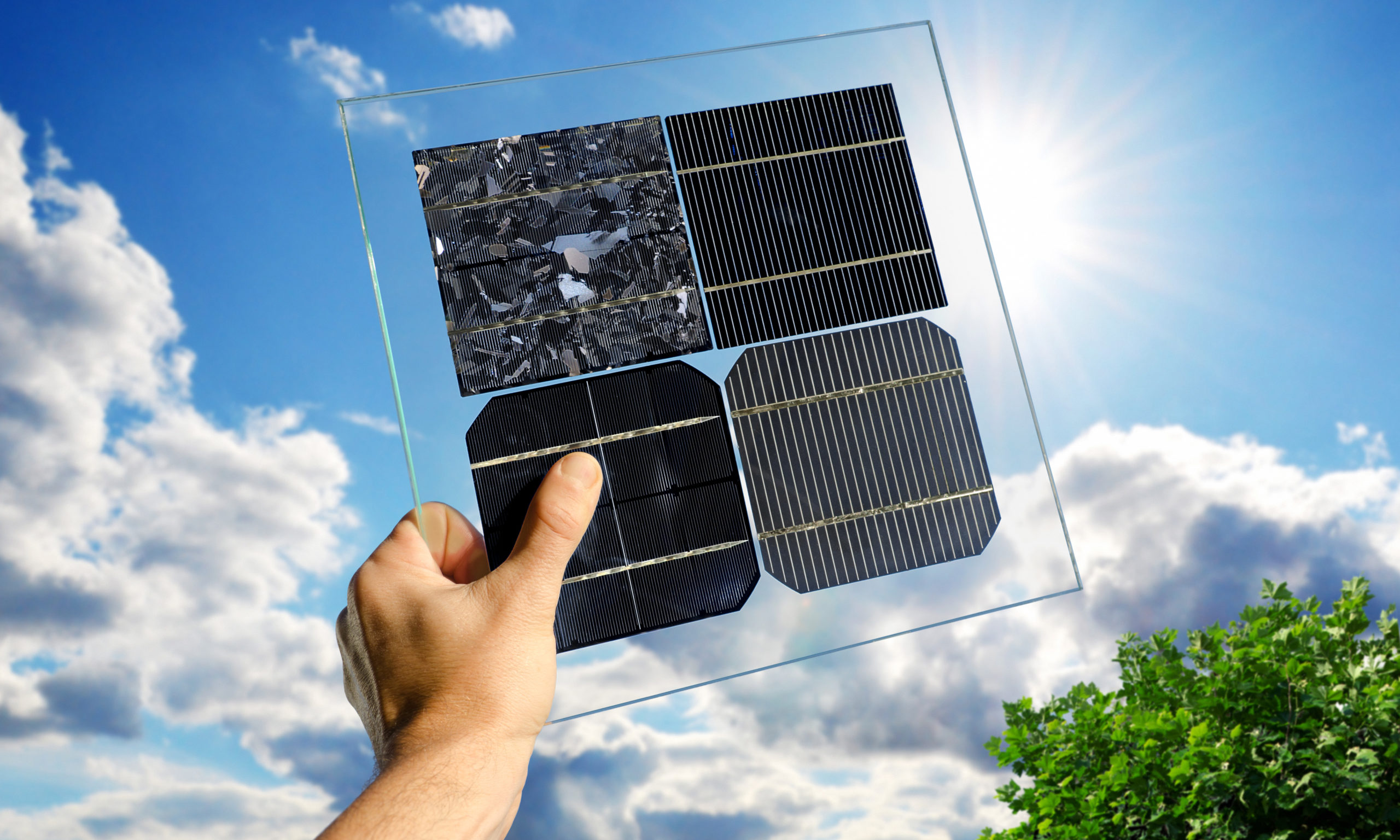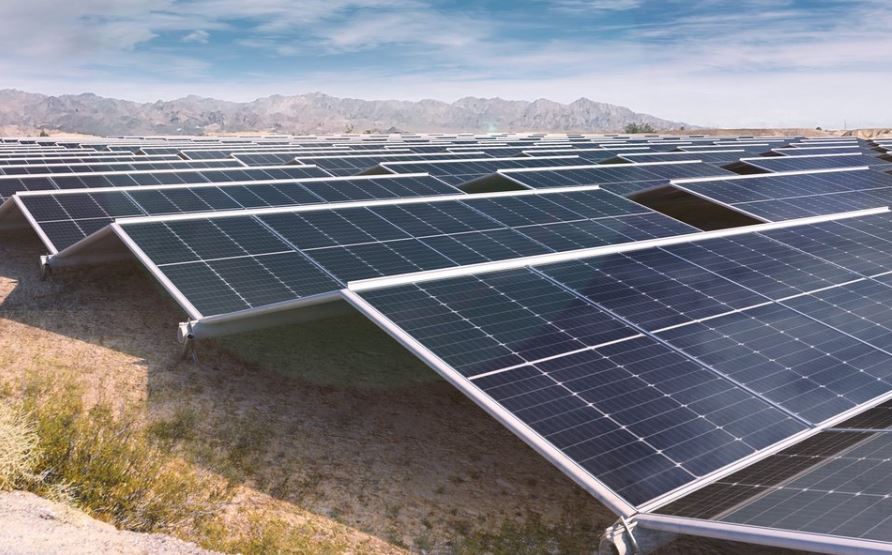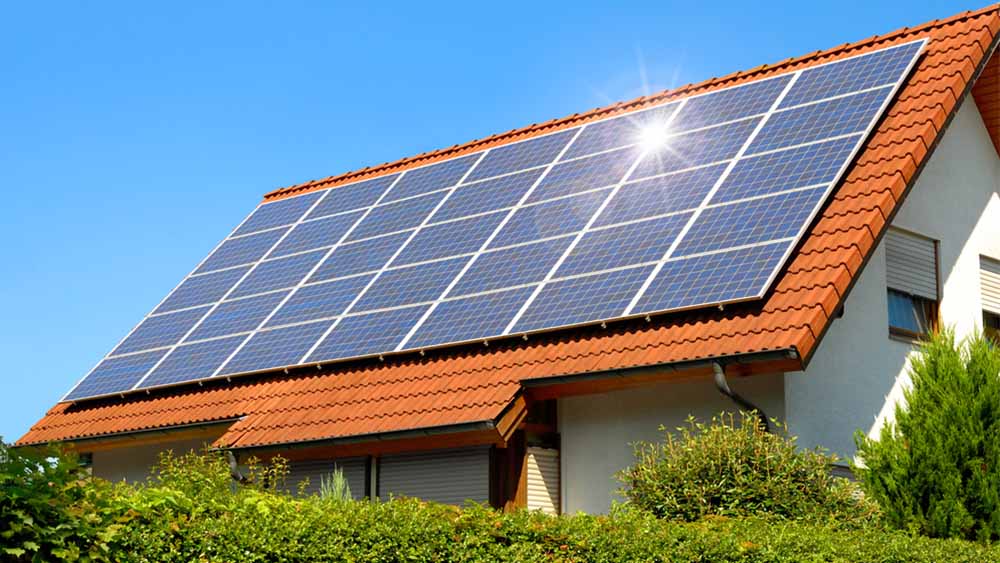Advantages and Disadvantages of Monocrystalline Solar Panels
Advantages:
High Efficiency
Monocrystalline Solar Panels usually have efficiency rates between 18% to 22%, and if space is an issue, then these are the panels that you need. A 50-square-meter rooftop installation can produce more than 6 kW of power, for instance. Few panels are needed to deliver power similar and hence awesome for urban land or in residential rooftops where space is critical.
Longevity
Monocrystalline panels are best for installations that last longer than 25 years, but which is an unlikely scenario since you will probably be using Solar solid technology. With the exception of commercial solar farms or large buildings, this is perfect for these sorts of arrays as they require very little upkeep and will give dependable output over numerous decades. Fewer replacements and repairs can save money over the long term especially in large-scale installations, making them ideal for industrial applications where longevity and reliability are paramount!
Improved Low-Light Performance
Monocrystalline panels, will work especially well in low light weather conditions when it is cloudy or the day becomes dark. This is why they are a good choice in places that receive less sunlight throughout the year, like Northern Europe. Also, in places where daylight hours are short or frequent cloud cover occurs monocrystalline panels provide a more consistent power output throughout the day instead of midday only making them suitable for homes and small businesses operating ground-mounted solar panel systems.
Aesthetic Appeal
While monocrystalline solar panels can come in all black which makes them look more aesthetically pleasing than polycrystalline, they are certainly a good choice for installations where aesthetics is important. For example, monocrystalline solar panels look better on expensive residential properties or commercial buildings because they complement modern architectural styles better -- for homeowners who want a sleeker finish to their roof.
Disadvantages:
Higher Cost
Because they are more difficult and take longer to produce, monocrystalline models tend to be 20-30% pricier than the polycrystalline panels. For big budget projects this can be an important point to consider. But for upscale residential jobs and commercial projects with big budgets, the higher upfront cost is usually offset by how much better they perform and look.
Waste During Production
Monocrystalline panels produce more silicon waste during their manufacture than polycrystallines, which might be a turn off for the environmentally concerned client. There are at-home and commercial projects where that waste can be relatively small compared to long-term energy savings, which makes me think monocrystalline panels will remain a thing even if they're less efficient.
Temperature Sensitivity
Monocrystalline panels might lose efficiency by 10% to 15 percent in extremely high-temperature areas such as the Middle East or southern U.S. This is a big disadvantage, especially for installations in desert or tropical areas. Monocrystalline panels reduce performance less in these conditions, so an installation in a region where stable temperatures are common could benefit from monocrystallic了panels.
Applications:
Homes: Monocrystalline panels are used by homeowners like their photo-voltaic counterparts so they can generate the max energy at a relatively less roof area.
Commercial Buildings:Commercial buildings are considered in scenarios where appearance and performance requirements are optimal for commercial offices, large projects that require long life building aesthetics.
Solar Farms: Monocrystalline panels are more expensive but often used with solar farms that seek high energy output per square meter.
Regions with an On-and-Off Sun: Areas prone to heavy cloud cover, occasional storms or limited daylight hours (like Northern Europe) could benefit from the steady power production that monocrystalline provides.
Advantages and Disadvantages of Polycrystalline Solar Panels
Advantages:
Lower Cost
Since they are easier to make, Polycrystalline solar panels tend to come at a lower cost. When it comes to price, they can be 20%–30& less expensive compared with monocrystalline panels which makes them a common choice for large-scale installations where budget is important. For large utility-scale solar farms or commercial projects forumer part the lower price point would mean more panels can be installed with the same amount of investment. The lower cost is crucial, particularly in developing countries or areas with a limited budget for renewable energy adoption.
Improved Environmental Impact
Poly panels produce less silicon waste in the manufacturing process than mono! Because poly panels, are made from silicon pieces not full crystals so that less raw material gets wasted thus it is environment friendly.
Adequate Efficiency
Polysilicon solar panels: These generate energy though lower efficiency compared to Monocrystalline Solar Panels, their efficiency lies between 15% and 17%. Such efficiency is acceptable for larger installations with plenty of space, like solar farms or industrial rooftops. For instance, a Rural 100 kW solar farm can conveniently purchase Polycrystalline panels due to the availability of space for Energy requirements.
Disadvantages:
Lower Efficiency
These panels also need more space in comparison to monocrystalline panels despite the fact that it produces similar amounts of power. For instance: a polycrystalline system may require 20% more space than monocrystalline to produce the same amount of power, assuming both need approximately 5 kWatts. This makes them less practical in an urban or residential setting where there is limited rooftop space. This lower efficiency can really be a downside for any homeowner with limited roof space.
Shorter Lifespan
Although polycrystalline panels are rugged, they tend to break down a bit faster than monocrystalline cells. Polycrystalline panels have a typical lifespan of between 20 and 25 years, versus up to over two decades for monocrystalline. This reduced lifespan can lead to greater amounts of replacements or maintenances, particularly on large commercial projects where reliability and longevity are huge determinants.
Performance in Low Light
Similarly, polycrystalline panels have less effective performance under the low-light when compared to monocrystalline panels. Their energy production can drop by 10% to as much as 15% when compared to monocrystalline panels in areas notorious for overcast or shorter daylight hours. For example, polycrystalline panels would be a poor choice if you live in the Pacific Northwest or Northern Europe where they might not draw out as much energy.
Applications:
Polycrystalline panels are used for large solar farms that don´t have space limitations. Because they are relatively cheap per watt, meaning for the same budget you can provide more total cover.
Commercial Installations: Warehouses and factories with large rooftop areas can gain much-needed efficiency in polycrystalline panels, as their lower performance aspects are compensated for by being able to install more of them without any space constraints.
Consistent Sunlight Regions: In regions where there is high and dependable sunlight in every season, like parts of southern Europe Africa or south west US polycrystalline panels provide enough efficiencies to cover your energy needs without the extra cost that comes with using monocrystalline panels.
Comparison of Monocrystalline and Polycrystalline Solar Panels
If you are thinking of high-end residential and commercial projects then Monocrystalline panels will be the right choice due to their higher efficiency, longevity, most suitable for space-constrained installations. Polysilicon may not convert sunlight to energy as efficiently as monocrystalline silicon, but they are cheaper and a good choice for commercial buildings or solar fields with lots of space. Below is an elaborate comparison of both types across various parameters:
Feature | Monocrystalline Panels | Polycrystalline Panels |
Efficiency Rate | 18% to 22%, higher energy conversion efficiency | 15% to 17%, lower efficiency compared to monocrystalline |
Cost | 20% to 30% higher; price ranges from $0.90 to $1.50 per watt | 20% to 30% cheaper; price ranges from $0.60 to $0.90 per watt |
Lifespan | Typically 25 to 30 years, lower degradation rate (<0.5% per year) | Typically 20 to 25 years, higher degradation rate (around 0.7% per year) |
Performance in Low Light | Superior performance in low-light conditions | Lower performance in cloudy or low-light conditions |
Temperature Coefficient | -0.3% to -0.5% per °C, more sensitive to heat, affecting efficiency | -0.4% to -0.6% per °C, less sensitive but generally lower efficiency |
Aesthetics | Sleek black color, often considered more visually appealing | Bluish color, less uniform appearance |
Size of Panels | Generally smaller, due to higher efficiency (around 1.6-1.8m² per panel) | Slightly larger to achieve the same output (around 1.7-2.0m² per panel) |
Material and Manufacturing Process | Made from single-crystal silicon, involves cutting wafers from a solid ingot, creating more silicon waste | Made from silicon fragments melted together, resulting in less waste |
Weight | Slightly lighter due to smaller size and fewer required panels | Slightly heavier, as more panels are needed to achieve the same output |
Ideal for Space-Constrained Installations | Excellent, fewer panels needed for the same power output | Not ideal, requires more space due to lower efficiency |
Environmental Impact (Production) | Higher silicon waste during production, requires more energy to manufacture | Lower silicon waste, simpler production process, less energy-intensive |
Installation Cost | Higher, due to the need for fewer but more expensive panels | Lower, though installation costs may increase due to more panels being installed |
Durability in Extreme Conditions | High durability in varied conditions, though slightly more sensitive to extreme heat | Fairly durable, but generally less efficient in extreme cold or heat |
Return on Investment (ROI) | Higher long-term ROI due to longer lifespan and higher efficiency | Lower upfront cost, but may result in lower ROI due to shorter lifespan and less efficiency |
Carbon Footprint (Lifecycle) | Higher during production but offset by longer life and higher energy production over time | Lower production footprint but shorter lifespan means higher overall lifecycle footprint |
Usage in Large-Scale Projects | Used in high-efficiency solar farms or where space is limited | Used in large-scale solar farms where budget constraints are key |
Suitable Regions | Performs better in cooler climates or areas with less sunlight (e.g., Northern Europe) | Best in sunny regions with consistent, strong sunlight (e.g., Africa, southern U.S.) |
Temperature Impact | Slight drop in efficiency in high-temperature climates | Performs better in high temperatures but still has lower overall efficiency |
Residential Application | Ideal for high-end homes with limited roof space, aesthetic concerns | Suitable for homes with larger roof space and lower budget |
Commercial Application | Ideal for corporate offices, urban installations where aesthetics and space are important | Used in commercial buildings with large roof areas or available land for installations |
Off-Grid Use | High efficiency makes it ideal for off-grid applications where maximum power is needed from fewer panels | Suitable for off-grid systems where cost is a larger consideration and space is available |



